He is considered by many the greatest wrestling draw in the history of the sport. His good looks and charisma combined with his technical proficiency, led him to multiple world championships and worldwide acclaim.
Jim Londos
Real Name:Christos Theofilou
Stats: 5′ 8″ 200 lbs.
Born: 1897
Early Life
Jim Londos, was born Christos Theofilou in 1897 in Argos, Greece, the youngest of 13 children.. Londos immigrated to the United States at the age of 13 and settled in California, where he began working various jobs, including as a bellhop and a strongman in a carnival.
Before Londos began his formal training, he was exposed to wrestling through his job as a strongman in a carnival. This experience likely sparked his interest in pursuing a career in professional wrestling and allowed him to learn the sport’s fundamentals.
Early Training
To hone his skills, Londos sought out training from well-known wrestlers in the early 20th century. Two of his early trainers were Tom Draak and Ad Santel, both experienced grapplers with successful careers in the sport. Under their guidance, Londos developed his wrestling abilities and learned various techniques that would serve him well throughout his career.
Londos’ training primarily focused on catch wrestling and amateur wrestling techniques, which were popular styles during his era. Catch wrestling is a submission-based style emphasizing grappling, while amateur wrestling focuses on takedowns and controlling opponents on the mat. Londos’ training in these styles helped him develop a strong foundation in technical wrestling, which would become one of his trademarks in the ring.
In addition to learning wrestling techniques, Londos’ training also involved rigorous physical conditioning to develop his strength, stamina, and agility. This conditioning was crucial to his success as a wrestler, allowing him to compete at a high level and endure the physical demands of professional wrestling.
Career
He made his professional wrestling debut in 1916, using the ring name “The Wrestling Plasterer” due to his day job as a plasterer. He initially struggled to gain a foothold in the wrestling world, often wrestling in smaller promotions and working his way up the ranks. During the 1920s, he began competing in more prominent wrestling organizations and started to make a name for himself. Londos adopted a clean-cut, All-American persona, which resonated with fans and helped him stand out among his peers.
By the late 1920s and early 1930s, Londos had accumulated an impressive winning streak, defeating several well-known wrestlers of the time. This success boosted his popularity, and he quickly became one of the top draws in the sport.
He won his first recognized World Heavyweight Championship by defeating Dick Shikat for the National Wrestling Association world title on June 6, 1930 in Philadelphia, Pennsylvania. He would hold that title for 1,847 days. This victory cemented Londos’ status as a top wrestler and helped elevate him to superstar status. His in-ring ability and charisma captured the imagination of fans and laid the foundation for his legendary status within the wrestling world.
During his reign, he defended his title against a wide range of challengers, including some of the biggest names in wrestling at the time, such as Ed “Strangler” Lewis, Ray Steele, Bronko Nagurski, Shikat, and Joe Stecher.
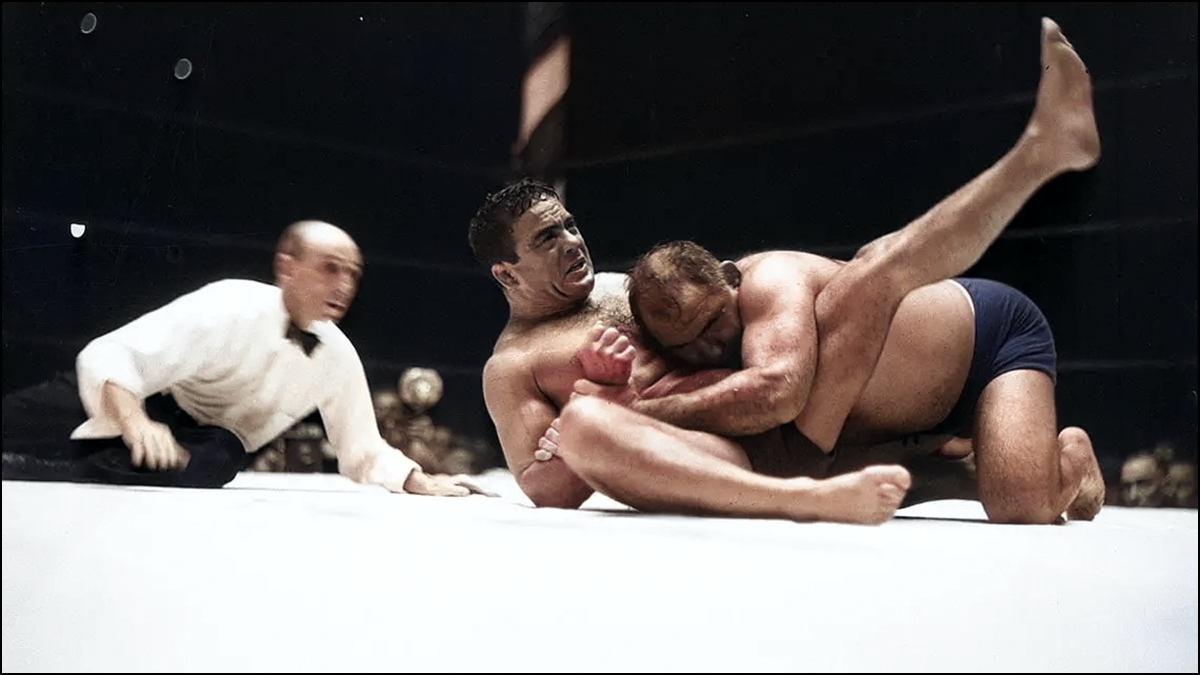
Londos vs Ed “Strangler” Lewis at Wrigley Field, Chicago, IL
Londos’ championship reigns contributed to his drawing power and influence within the wrestling world. As a reigning champion, Londos became a major box-office attraction, often drawing large crowds to his matches. His popularity helped to increase the overall visibility and popularity of professional wrestling during the 1930s and 1940s. In one appearance in his home country of Greece, Londos was alleged to have drawn a crowd as large as 100,000 people.
Retirement
As Londos’ career began to wind down in the late 1940s, he gradually started reducing the number of matches he participated in. This allowed him to slowly transition into retirement, providing a smooth exit from the physically demanding world of professional wrestling.
Londos was known for being a private individual when it came to his personal life. In 1939, shortly before his retirement, he married Arva C. Rochwite, an aviatrix from St. Louis, Missouri. At the time of their marriage, Rochwite was described in press reports as a “St. Louis Aviatrix.” The couple had three daughters and would later move to Escondido, California, where they settled on a 10-acre site nestled in an avocado grove.
Londos’ official retirement match took place on November 21, 1951, in a losing effort against Lou Thesz at the Kiel Auditorium in St. Louis, Missouri. This match marked the end of an illustrious wrestling career that spanned over three decades.
Personal Life
After retiring from professional wrestling, Londos settled in California and focused on his family and business interests. He owned a successful restaurant called “The Golden Pheasant” in Escondido, California, which he ran with his family. Londos remained involved in the wrestling community, attending events and mentoring younger wrestlers.
Jim Londos was also known for his philanthropic activities, both during his wrestling career and after his retirement. He was particularly involved in charitable efforts to help his native Greece. Londos donated a significant portion of his earnings to various Greek causes, including relief efforts for victims of World War II and the Greek Civil War. He also contributed to the construction of a hospital in Tripoli, Greece.
Following his retirement from the squared circle in 1953, Londos dedicated the rest of his life to various charitable organizations, including his favorite, Greek War Orphans of World War II. Because of his tireless philanthropic efforts, Londos was honored by United States President Richard Nixon and King Paul of Greece.
Awards & Titles
Over his career, Londos held numerous championships and titles in professional wrestling, including the California State Athletic Commission World Heavyweight Championship (Los Angeles version) (5 times), Maryland State Athletic CommissionWorld Heavyweight Championship (Maryland version) (2 times), Minnesota State Athletic Commission World Heavyweight Championship (Minneapolis version) (2 times), National Wrestling Association NWA World Heavyweight Championship (1 time), New York State Athletic Commission NYSAC World Heavyweight Championship (1 time) and the World Heavyweight Wrestling Championship (original version) (1 time).
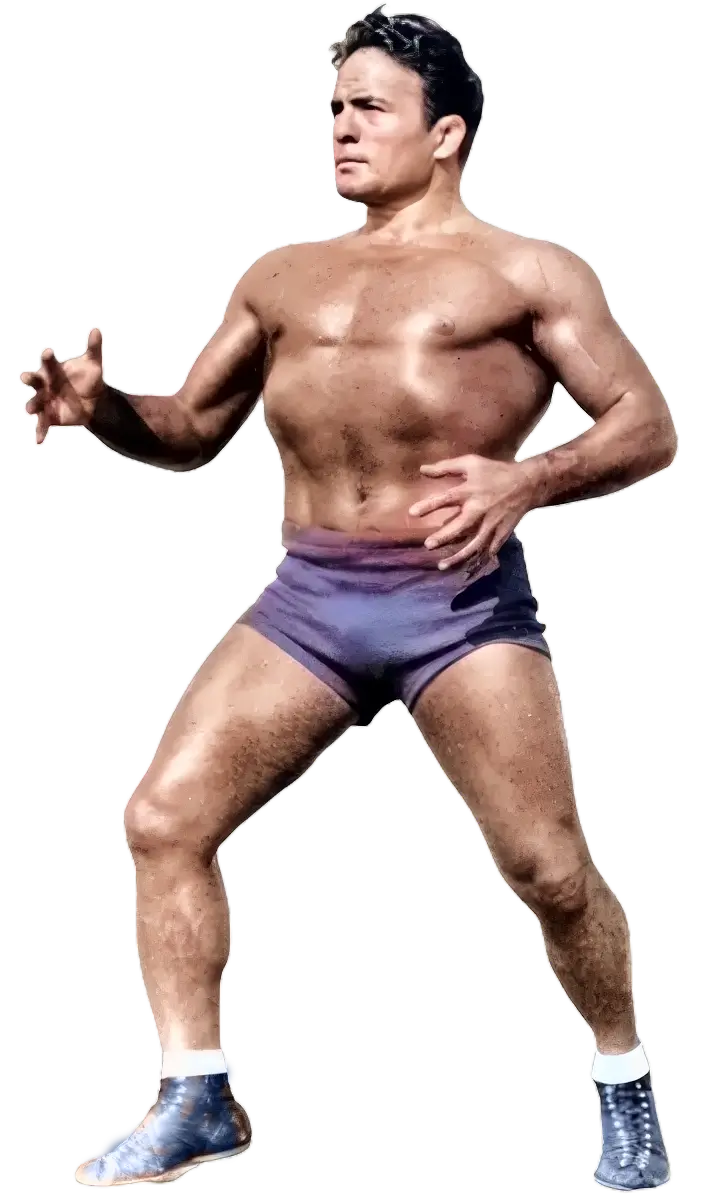 Londos received many accolades and honors, including being inducted and honored by the Professional Wrestling Hall of Fame and Museum – Class of 2002 (Pioneer Era), Wrestling Observer Newsletter Hall of Fame (Class of 1996) and the WWE Hall of Fame (Class of 2018), Cauliflower Alley Club Posthumous Award (2020), the George Tragos/Lou Thesz Professional Wrestling Hall of Fame Class of 2015 and the International Professional Wrestling Hall of Fame,
Londos received many accolades and honors, including being inducted and honored by the Professional Wrestling Hall of Fame and Museum – Class of 2002 (Pioneer Era), Wrestling Observer Newsletter Hall of Fame (Class of 1996) and the WWE Hall of Fame (Class of 2018), Cauliflower Alley Club Posthumous Award (2020), the George Tragos/Lou Thesz Professional Wrestling Hall of Fame Class of 2015 and the International Professional Wrestling Hall of Fame,
Class of 2022.
Death
Jim Londos passed away on August 19, 1975, at the age of 78. Londos died of a heart attack on August 19, 1975 and is buried at Oak Hill Memorial Park in Escondido, California. His death marked the end of an era in professional wrestling, as he was one of the last remaining stars from the early days of the sport. His passing was a significant loss for the wrestling community, as he had been an influential figure who helped shape the industry during his time.
Legacy
Throughout his life, Jim Londos was known for his hard work, determination, and commitment to the sport of wrestling. His legacy as a successful wrestler, family man, and philanthropist continues to inspire future generations of wrestlers and fans alike.
Resources
“Jim Londos.” Wikipedia – https://en.wikipedia.org/wiki/Jim_Londos
Kampouris, Nick. “Jim Londos: The Humble Shepherd Who Conquered the Wrestling World.” – greekreporter.com
National Wrestling Hall of Fame. “Jim Londos.” – nwhof.org
History of Wrestling. “Jim Londos” – historyofwrestling.com
Slagle, Stephen. “Hall of Fame Inductee: Jim Londos” – web.archive.org
Frequently Asked Questions
Jim Londos, also known by his birth name Christos Theofilou, was a legendary professional wrestler widely regarded as one of the greatest draws in the history of the sport.
He was born in 1897 in Argos, Greece.
Born as the youngest of 13 children, Londos immigrated to the United States at 13. Settling in California, he worked various jobs like a bellhop and strongman in a carnival before being introduced to wrestling.
Londos was trained by renowned wrestlers Tom Draak and Ad Santel. His training emphasized catch wrestling and amateur wrestling techniques.
He made his wrestling debut in 1916, initially using the ring name “The Wrestling Plasterer”.
Londos won his first World Heavyweight Championship in 1930 and defended it against renowned wrestlers like Ed “Strangler” Lewis, Ray Steele, and Joe Stecher. His matches often attracted vast audiences, even drawing a crowd of around 100,000 people in Greece.
In 1939, Londos married Arva C. Rochwite, an aviatrix from St. Louis, Missouri. The couple had three daughters and settled in Escondido, California.
Londos officially retired from professional wrestling on November 21, 1951.
Post-retirement, Londos ran a successful restaurant named “The Golden Pheasant” and continued to be active in philanthropic activities, particularly in support of Greece.
Jim Londos died of a heart attack on August 19, 1975, at the age of 78, and is buried in Oak Hill Memorial Park in Escondido, California.
Londos held numerous titles including World Heavyweight Championships in various versions. He was honored by institutions like the Professional Wrestling Hall of Fame and Museum, Wrestling Observer Newsletter Hall of Fame, WWE Hall of Fame, and many others.
Londos is remembered as a trailblazing wrestler, a dedicated family man, and a philanthropist. His influence continues to resonate with modern wrestlers and fans.



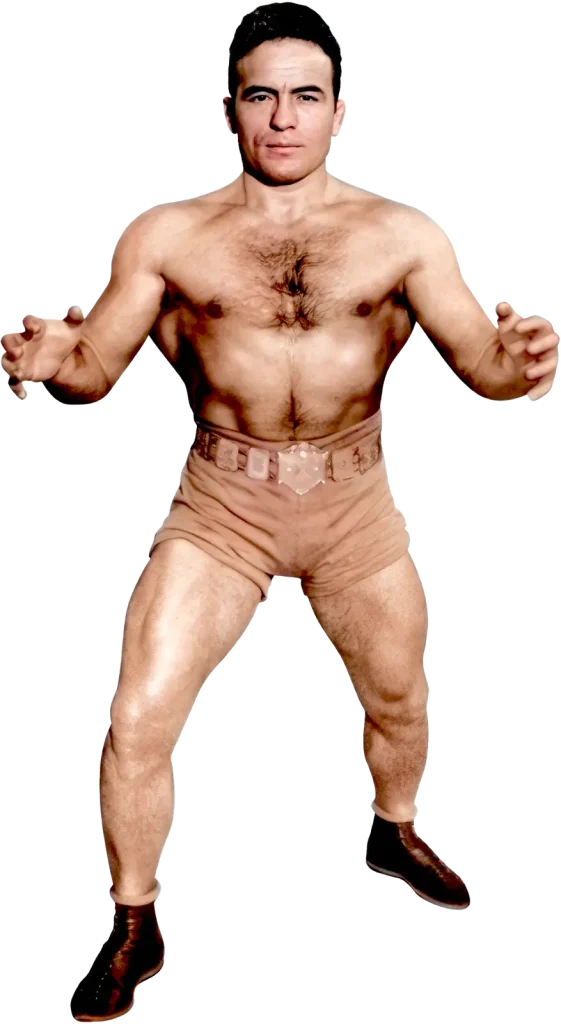





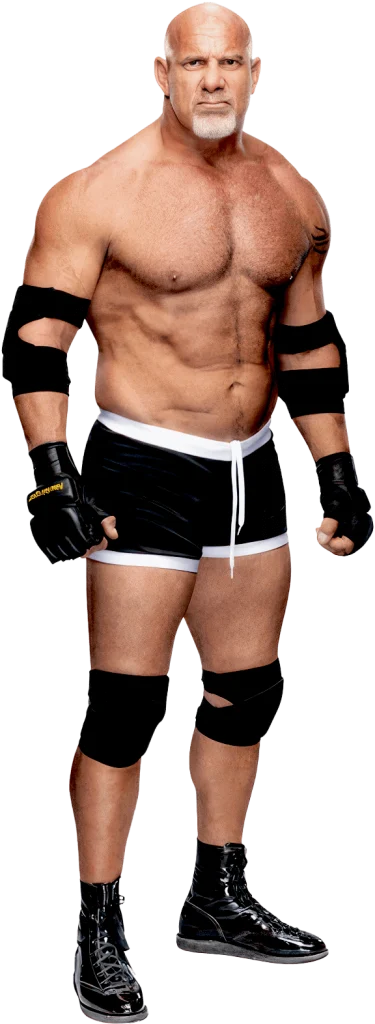
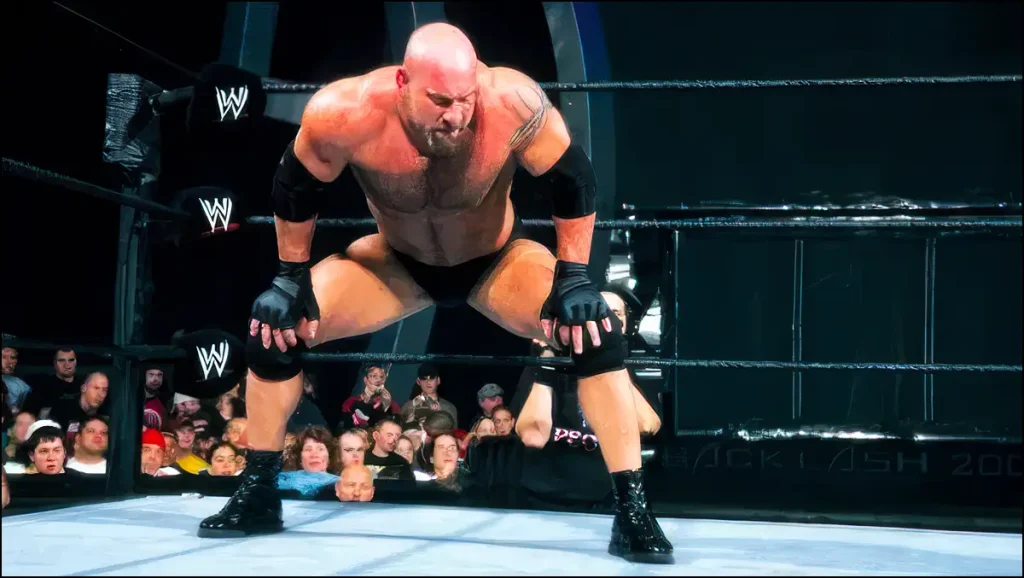
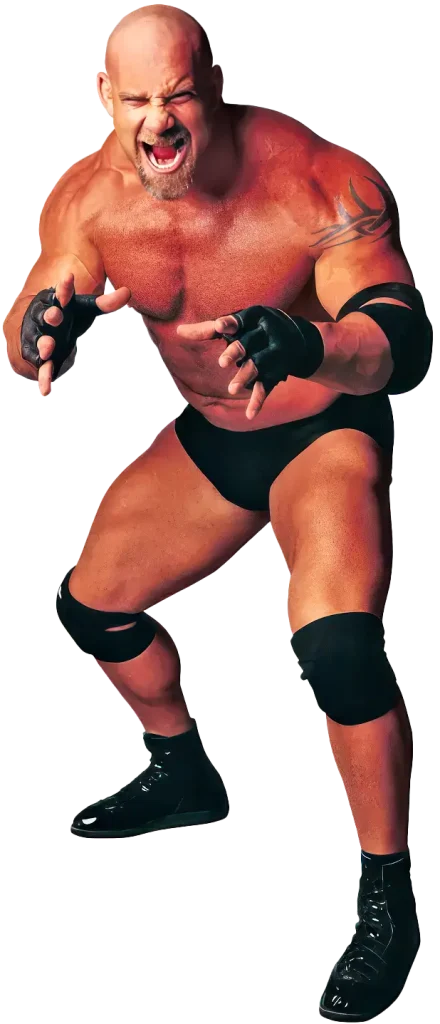


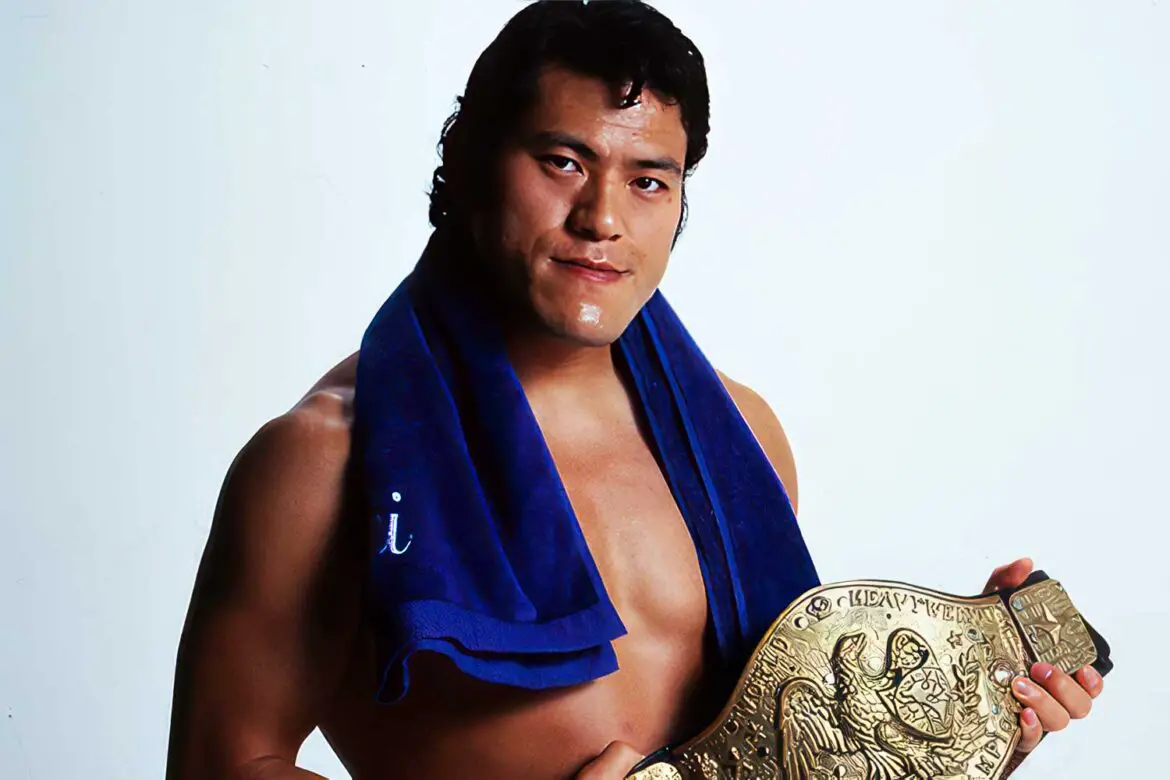

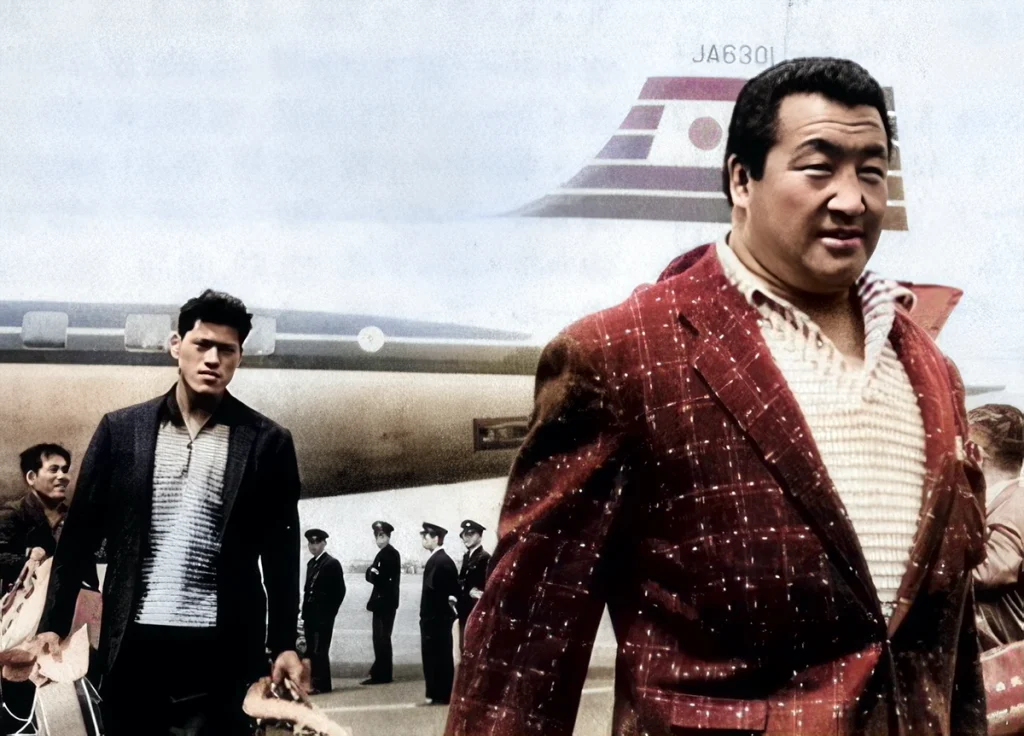
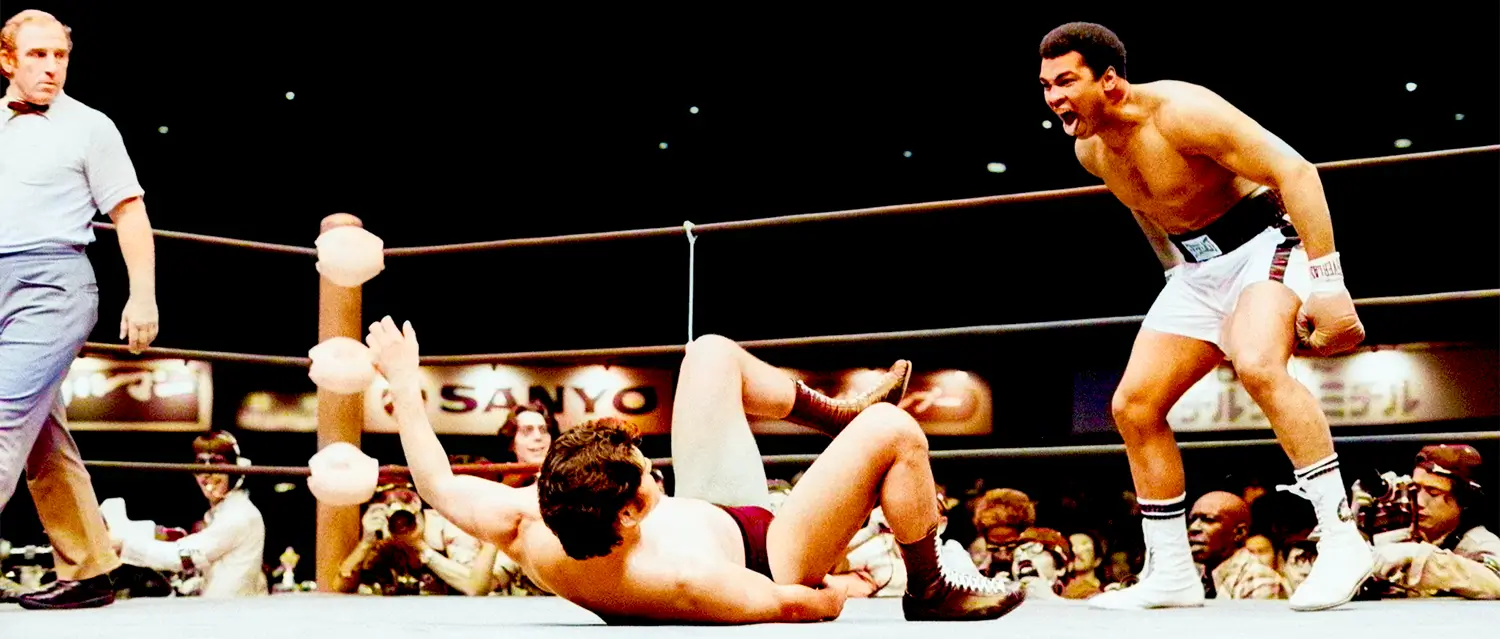
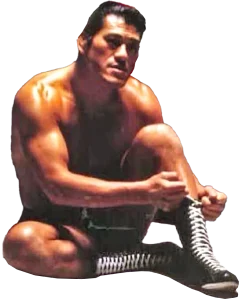


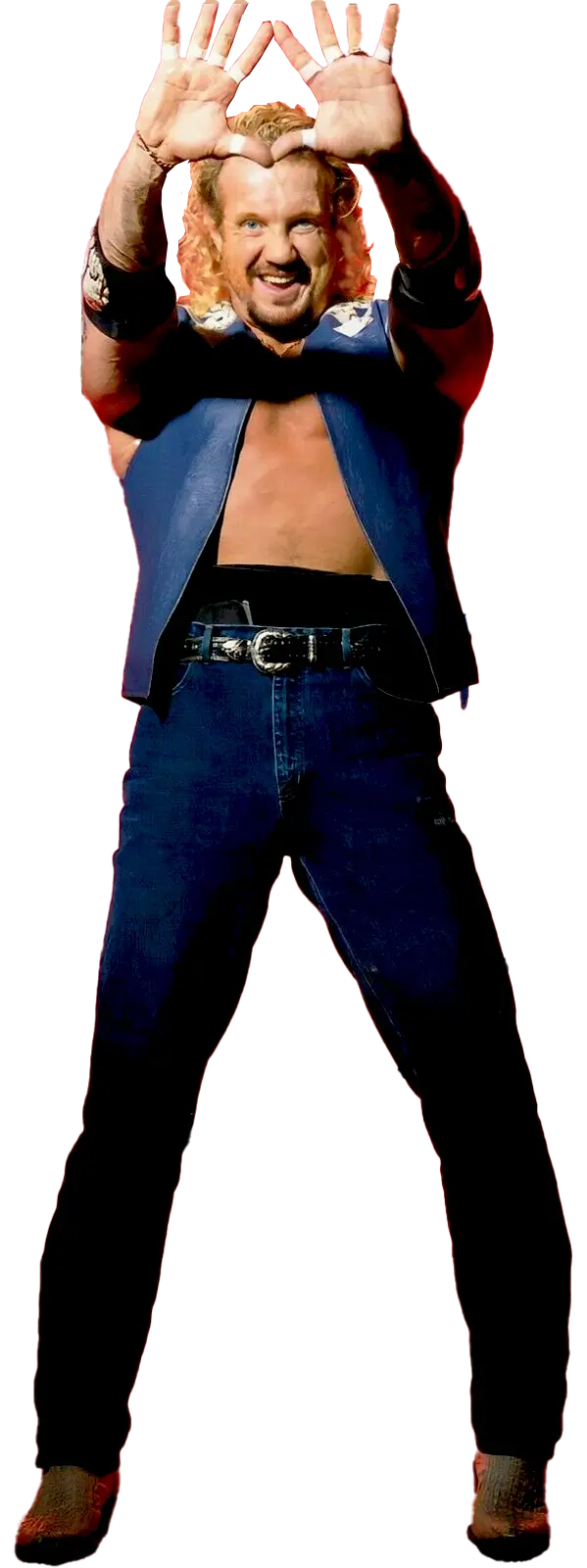 Having gained a great deal of notoriety, Page was finally elevated to the top of the industry and shocked a great many when he won a four-way dance matchup against Hogan, Sting and Ric Flair on April 11, 1999 in Tacoma, Washington. After losing the belt two weeks later to Sting, he reclaimed it in an impromptu four way match against Sting, Kevin Nash and Goldberg. Unfortunately, backstage politics undermined his title reign and he lost the belt to Kevin Nash a few weeks later. As poor booking and backstage powerplays caused WCW’s television ratings to plummet, Page saw less and less time in the main event and he seemed to be a forgotten man for the rest of 1999. He did not remain idle, however, and starred in a movie, Ready to Rumble, along with David Arquette and in the spring of 2000 found himself back in the title hunt capturing the WCW Heavyweight again. Injuries, however, forced him to take some time off to heal and he was forced to reevaluate his next steps in the business.
Having gained a great deal of notoriety, Page was finally elevated to the top of the industry and shocked a great many when he won a four-way dance matchup against Hogan, Sting and Ric Flair on April 11, 1999 in Tacoma, Washington. After losing the belt two weeks later to Sting, he reclaimed it in an impromptu four way match against Sting, Kevin Nash and Goldberg. Unfortunately, backstage politics undermined his title reign and he lost the belt to Kevin Nash a few weeks later. As poor booking and backstage powerplays caused WCW’s television ratings to plummet, Page saw less and less time in the main event and he seemed to be a forgotten man for the rest of 1999. He did not remain idle, however, and starred in a movie, Ready to Rumble, along with David Arquette and in the spring of 2000 found himself back in the title hunt capturing the WCW Heavyweight again. Injuries, however, forced him to take some time off to heal and he was forced to reevaluate his next steps in the business.
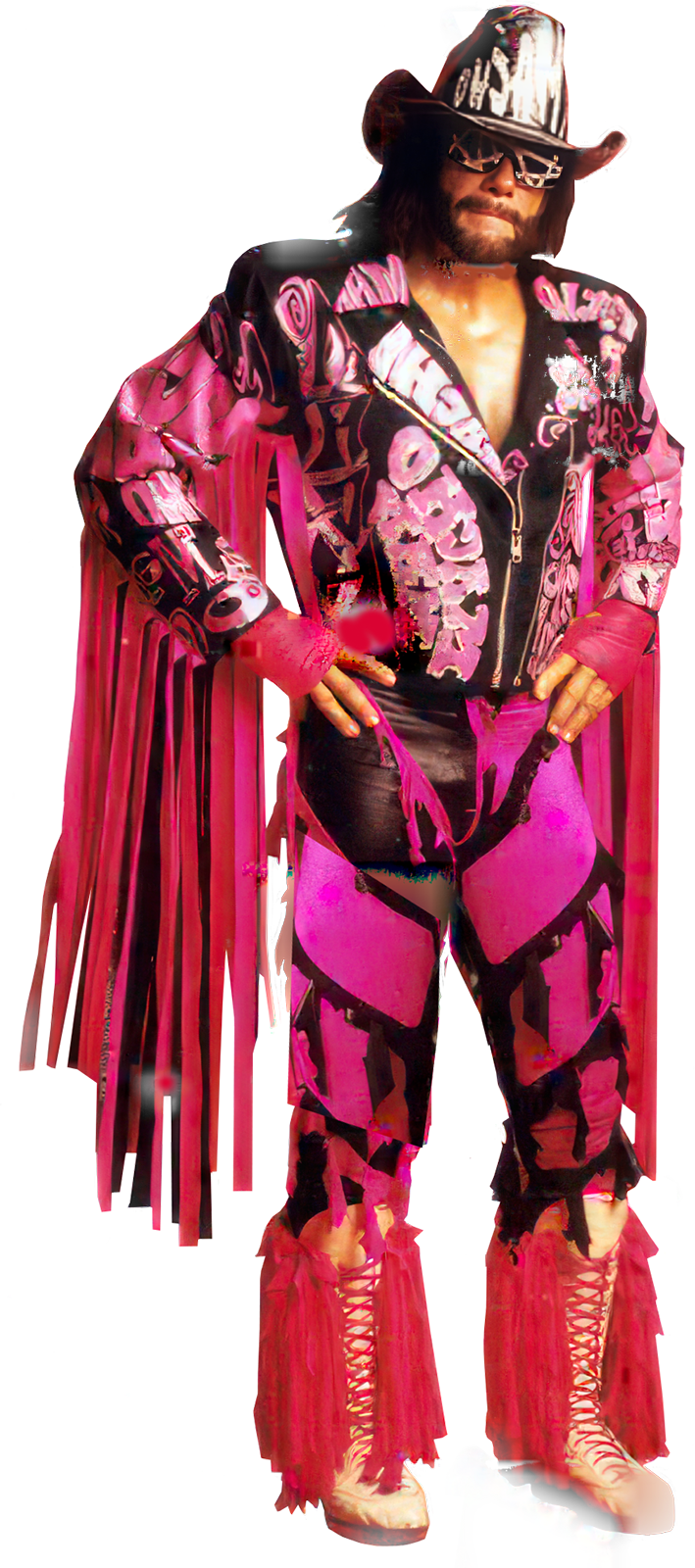
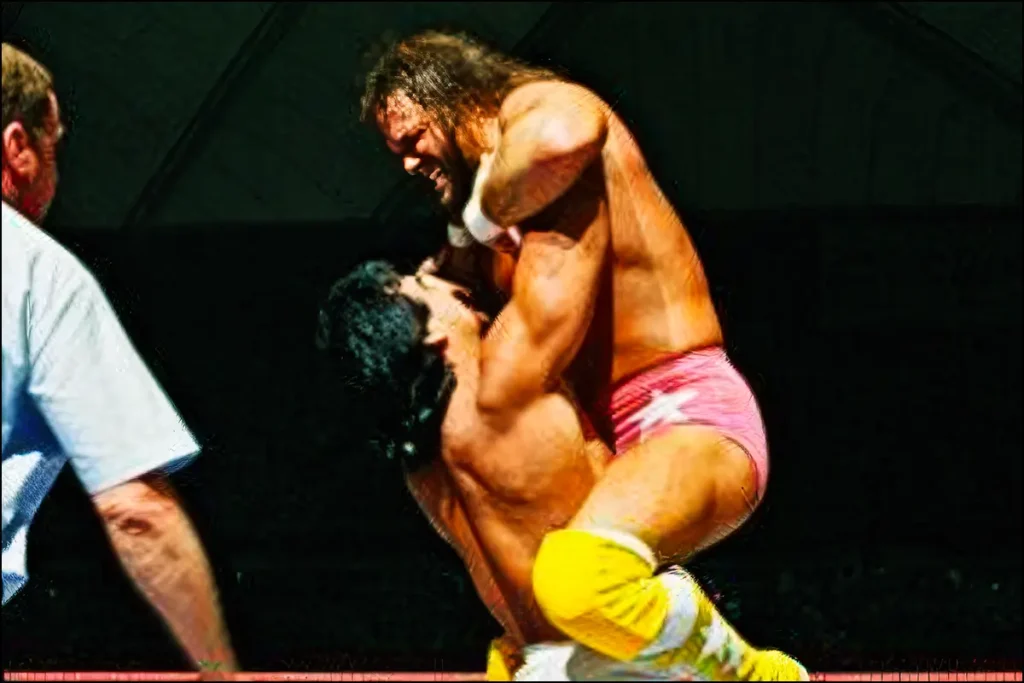
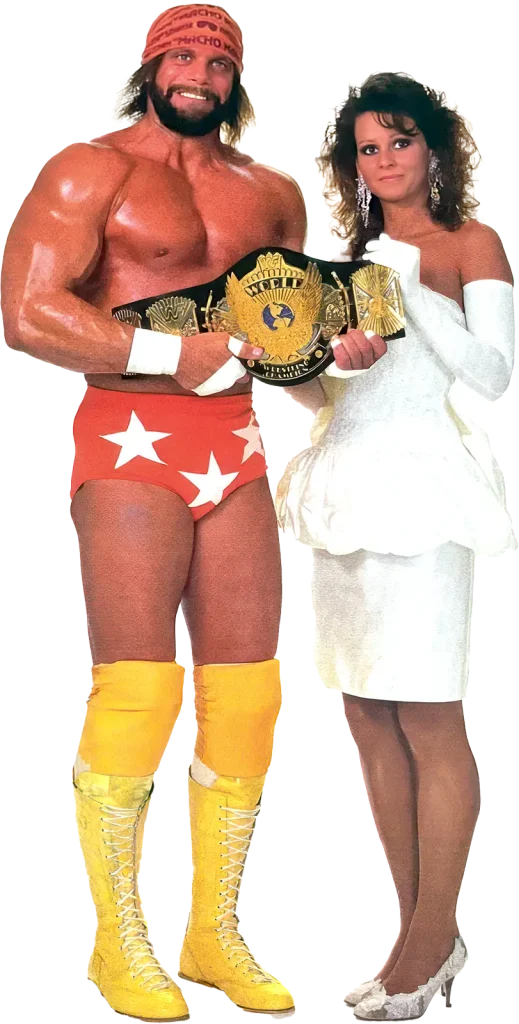 Death
Death
